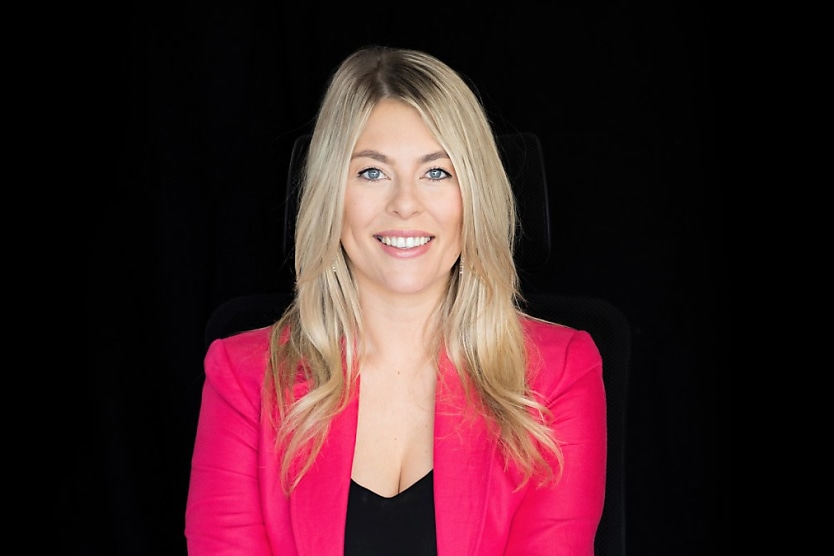
A recent assessment of Aussie employers has revealed the top 10 workplaces for women.
Many factors went into determining the winners, such as menopause leave, paid parental leave, flexible working arrangements, inclusive environments, development opportunities, training for men on women’s issues, IVF support, and funded childcare.
The research was conducted by WORK180. The company’s co-founder and chief executive, Gemma Lloyd, commented: “Many women have been disillusioned by empty promises from employers when it comes to flexibility.”
“Four in five women want to know what employers are doing to create a diverse and inclusive workplace, and this list shines a light on the leaders in creating workplaces that allow people to thrive regardless of gender or age.”
The top 10 employers for women were:
- EY
- Liberty Financial
- Systra ANZ
- Accenture
- Experian ANZ
- Essential Energy
- Cenitex
- Stake
- AMEX
- Windlab
Taking out the top spot was accounting firm EY. Some of the offerings for women at this company include 26 weeks of paid parental leave for all new parents, with no minimum tenure, as well as career development opportunities.
“EY has created a sponsorship program to expose women to leadership and partnership positions, taking a proactive approach,” explained Lloyd.
“Many of these employers offer outstanding policies. I encourage all employers that aren’t as progressed, to understand that making incremental progress is crucial.”
To have a better chance of being considered for WORK180’s top employer list, paid parental leave should be offered. However, according to Lloyd, just 52 per cent of organisations offered this benefit.
“Since January 2024, only 52 per cent of employers met our minimum standard to join the WORK180 platform. The majority of organisations that did not, failed because they don’t offer paid parental leave on top of government legislation. That’s where they should start,” she said.
According to the Workplace Gender Equality Agency (WGEA), just 60 per cent of Australian employers offer access to paid parental leave (as of 2021).
It should be noted that paid parental leave isn’t just a benefit for women. Men should be encouraged to take up this offering as well. Unfortunately, WGEA’s data highlighted that men account for just 12 per cent of primary carers utilising leave.
For employers looking to up their benefits game and create a positive and equitable environment, Lloyd noted that proactivity is key.
“Employers are leading the way in very male-dominated industries. Don’t compare yourselves to the same industry; compare your policies to the best. Otherwise, you run the risk of being the best of a bad bunch,” she concluded.
RELATED TERMS
Parental leave is a benefit offered to employees that allows for job-protected time off from work to care for a kid once the child is born or adopted.
Jack Campbell
Jack is the editor at HR Leader.










